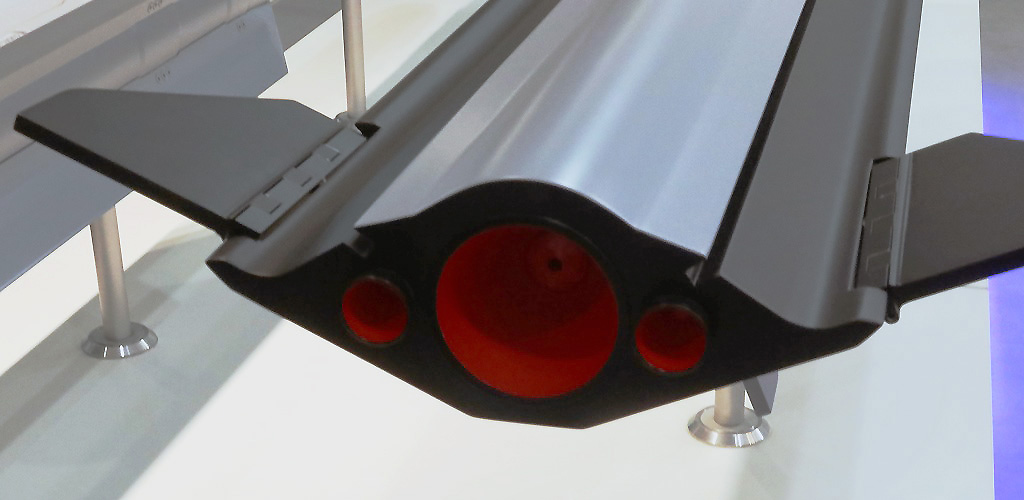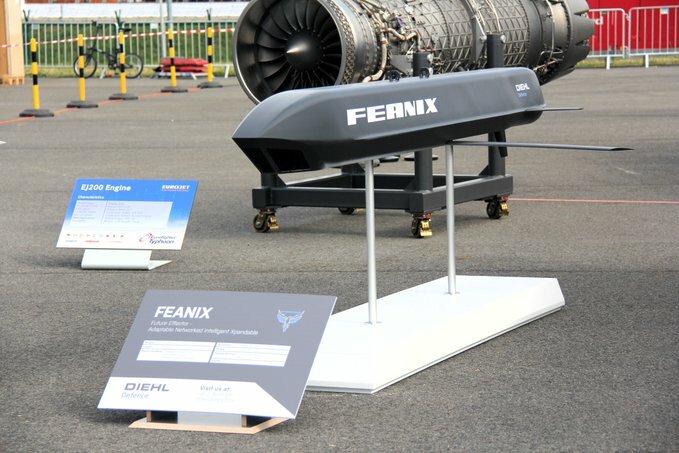That is one of the strangest looking AAMs I've ever seen.
If its stealthy it could make some sense, not just for external carriage, but also for not being picked up by radars when launched.
There's nothing stealthy about that shape.
It looks like a primitive lifting body mock up if anything. Since FCAAM isn't a hypersonic missile it's not very important though, but it could for improved coasting so a dual-pulse rocket motor can provide both range and end game energy. I suspect FCAAM doesn't actually exist in any form, except as a budget item at the moment, so they threw together something that "looks futuristic". It's a Franco-German-Spanish system though, these are the B-team of European missile industry, with the AAA-team being the UK.
So it naturally looks like it came from 1985 instead of anything actually modern, because a funky looking model at a trade show is far more important in showing that Diehl is a trendsetter rather than a coattail chaser. It's like something out of a Bill Gunston book or what a tabletop RPG artist might consider a future missile after seeing HAVE DASH.
Perhaps Diehl is just desperately trying to not look like they're going to make ASRAAM -A only 20 years late, when Britain is making Block 6? My suspicion is that the actual IRIS-T FCAAM will probably look very similar to ASRAAM or Python 5, depending on whether the Luftwaffe still puts maneuverability on top of speed, and no one wants to be boring at a trade show.
Alternatively, it could be they're making a lifting body design akin to AARGM-ER, but like a zillion times uglier, and more maneuverable, which would explain the bizarre canards and big chined strakes. AARGM-ER's cylindrical shape with the strakes is probably far more economical to boot, which is my main issue with the weird shape of the mockup. Not sure what the purpose of a faceted nose is, unless it's some sort of multimode seeker that's trying to avoid the dolphin nose of Stunner, but I suspect ASRAAM Block 6 will eat that market before it drops anyway.
No more disastrous ITAR interference to stop them this time.
tl;dr Missile looks like a lifting body trying to add range to IRIS-T's otherwise impressive maneuverability rather than stealth.



